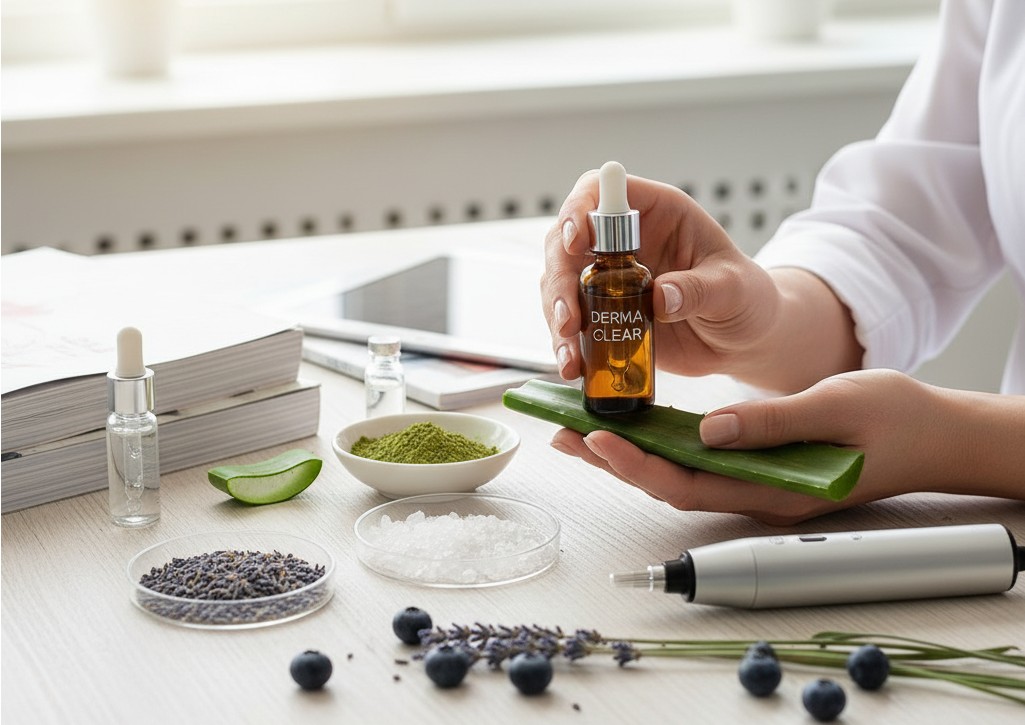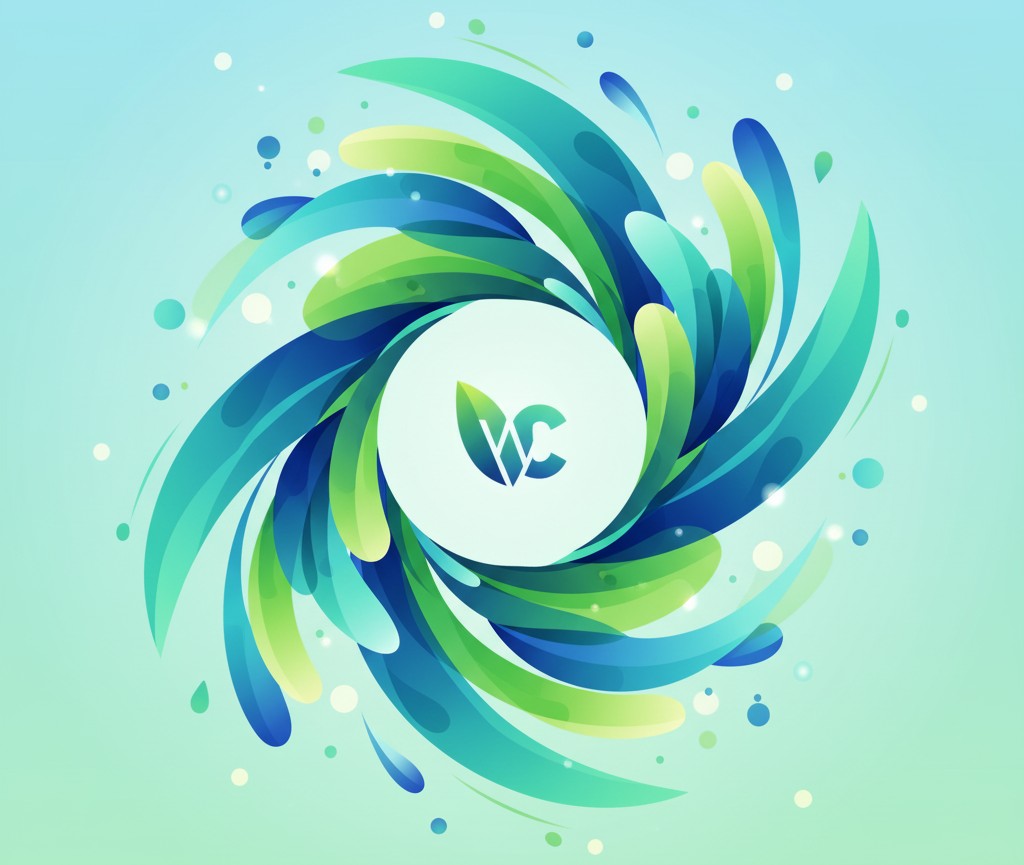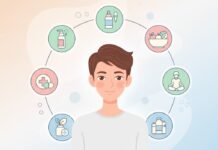The Definitive Guide to Acne Elimination: A Comprehensive, Multi-Faceted Approach
Acne vulgaris, or simply acne, is more than just a passing teenage nuisance; it’s a chronic inflammatory skin condition that affects up to 50 million Americans annually and can persist well into adulthood. Its impact is not just cosmetic; the emotional and psychological toll, leading to anxiety, depression, and social isolation, is profound. Complete elimination is often the goal, but a realistic, sustainable approach involves rigorous control, effective management, and prevention of scarring. This definitive guide delves deep into the root causes, the science-backed treatments, lifestyle modifications, and professional interventions necessary to move beyond chronic breakouts and achieve clear, healthy skin.
I. Understanding the Enemy: The Science of Acne
To conquer acne, one must first understand the biological cascade that causes it. Acne lesions form due to a perfect storm of four primary factors:
A. The Four Pillars of Acne Formation
- Excess Sebum Production (Oily Skin): The sebaceous glands, stimulated by hormones (primarily androgens), produce too much sebum (oil).
- Follicular Hyperkeratinization: Dead skin cells, or keratinocytes, stick together instead of shedding normally, leading to a blockage of the hair follicle (pore).
- Bacterial Proliferation: The blocked, oily environment is an ideal breeding ground for the Cutibacterium acnes (C. acnes) bacteria, a normal inhabitant of the skin that thrives on sebum.
- Inflammation: The body’s immune response to the rapidly multiplying C. acnes and the trapped oil/cells results in the redness, swelling, and pain characteristic of inflammatory lesions (papules, pustules, nodules, and cysts).
B. Types of Acne Lesions
- Non-inflammatory: Comedones (blackheads and whiteheads).
- Inflammatory: Papules, Pustules, Nodules, and Cysts.
II. The Foundational Skincare Routine
An effective daily skincare regimen is the bedrock of acne elimination. Consistency is key, and the routine must be built on scientifically proven active ingredients.
A. The Essential Steps
- Cleansing (Twice Daily): Use a gentle, pH-balanced cleanser. Over-cleansing can strip the skin barrier, leading to reactive oil production.
- Targeted Treatment (The Actives): Apply leave-on treatments containing key anti-acne ingredients.
- Moisturizing (Non-Comedogenic): Even oily, acne-prone skin needs hydration to repair its barrier. Look for oil-free and non-comedogenic labels.
- Sun Protection (Daily, Non-Negotiable): Many acne treatments increase sun sensitivity. Use a broad-spectrum, oil-free SPF 30 or higher every morning.
B. Gold Standard Topical Ingredients
- Benzoyl Peroxide (BPO): A powerful antimicrobial agent. It works by releasing oxygen into the pore, killing C. acnes bacteria. Effective concentrations range from 2.5% to 10%. A critical tool for inflammatory acne.
- Salicylic Acid (BHA – Beta Hydroxy Acid): An oil-soluble exfoliant that penetrates deep into the pore lining to dissolve the cellular “glue” that causes blockages. Ideal for blackheads and whiteheads.
- Alpha Hydroxy Acids (AHAs – Glycolic/Lactic Acid): Water-soluble exfoliants that primarily work on the skin’s surface to improve texture and fade post-inflammatory hyperpigmentation (PIH).
- Sulfur and Resorcinol: Often used in spot treatments for their mild antiseptic and keratolytic (exfoliating) properties.
-
III. Prescription Power: Dermatological Interventions
For moderate to severe acne, over-the-counter products are rarely sufficient. Consulting a dermatologist opens the door to powerful prescription medications.
A. First-Line Prescription Topicals
- Topical Retinoids (Tretinoin, Adapalene, Tazarotene): Arguably the most crucial class of drugs for acne elimination. They are Vitamin A derivatives that normalize cell turnover, preventing the initial pore blockage (comedogenesis). They treat existing acne and are essential for prevention.
- Topical Antibiotics (Clindamycin, Erythromycin): Used to reduce C. acnes and inflammation. They should almost always be used in combination with Benzoyl Peroxide to prevent bacterial resistance.
B. Systemic (Oral) Medications
- Oral Antibiotics (Doxycycline, Minocycline, etc.): Reserved for widespread, moderate to severe inflammatory acne. They reduce bacteria and inflammation systemically. Use is typically limited to 3-4 months to mitigate antibiotic resistance risk.
- Hormonal Therapy (Oral Contraceptives and Spironolactone): Effective for adult, female-pattern acne, which is often characterized by jawline and chin breakouts. These medications work by lowering or blocking the effect of androgens. Spironolactone, specifically, is an anti-androgen drug.
- Isotretinoin (Accutane): The most effective and powerful treatment available for severe, recalcitrant, or nodulocystic acne that has failed to respond to other therapies. It is the only drug that targets all four main causes of acne, leading to long-term remission in a significant number of patients. Due to potential severe side effects, its use is strictly regulated.

IV. The Lifestyle Connection: Diet, Stress, and Environment
Acne isn’t purely topical; internal and external factors play a significant role in its severity and persistence.
A. The Diet Debate (The Glycemic Load)
While old myths are largely debunked, strong evidence suggests high-glycemic index foods (e.g., white bread, processed snacks) and some dairy products (especially skim milk) can exacerbate acne by spiking insulin-like growth factor (IGF-1), which, in turn, boosts androgen activity and sebum production.
- Action: Focus on a low-glycemic diet rich in fruits, vegetables, lean protein, and whole grains.
B. Stress Management and Hormones
Chronic stress elevates levels of cortisol (the stress hormone), which can increase sebum production and inflammation.
- Action: Incorporate stress-reducing practices like mindful meditation, regular exercise, and adequate sleep. Sleep deprivation is a known acne trigger.
C. Environmental and Mechanical Factors
- “Acne Mechanica”: Acne caused by friction, heat, and pressure (e.g., helmets, tight collars, or constantly touching the face).
- Pillowcases and Cell Phones: Regular cleaning or changing of items that frequently touch the face is essential to minimize bacterial transfer.
V. Eliminating the Aftermath: Scars and PIH
True acne elimination includes treating the lesions and the permanent marks they leave behind—scars and post-inflammatory hyperpigmentation (PIH).
A. Post-Inflammatory Hyperpigmentation (PIH)
These are the flat, dark spots (red, pink, or brown) that remain after a lesion heals. This is not a true scar but a temporary discoloration.
- Treatment: Time, Sunscreen (critical!), Azelaic Acid, Vitamin C, Niacinamide, and prescription Hydroquinone.
B. Acne Scars (The Indentations)
True scars result from an abnormal healing process, leading to a permanent change in skin texture. Types include Icepick, Boxcar, and Rolling scars.
- Professional Treatment Options:
- Chemical Peels (TCA, Glycolic): To lightly resurface the skin.
- Microneedling (Collagen Induction Therapy): Creates micro-injuries to stimulate collagen and elastin production, which fills the scars.
- Laser Resurfacing (Fractional, Ablative, Non-Ablative): Removes damaged skin layers to promote the growth of new, healthier skin.
- Subcision: A procedure to break up the fibrous bands of scar tissue beneath the skin.
- Punch Excision/Grafting: For deep, individual icepick scars.
VI. Conclusion: Patience, Persistence, and Partnership
Acne elimination is a marathon, not a sprint. Results from topical treatments can take 6 to 12 weeks, and systemic treatments require similar timeframes. The key to long-term success is a partnership with a board-certified dermatologist, meticulous adherence to a consistent routine, and patience. By understanding the underlying causes and applying a multi-faceted approach—combining medical therapy with disciplined lifestyle choices—clear skin is an achievable goal, leading to not just a change in appearance, but a profound increase in self-confidence and quality of life.
While skincare, diet, and lifestyle habits are essential, true transformation often requires support from the inside. That’s why we recommend Zinamax — a natural supplement that reduces inflammation, balances hormones, and improves skin hydration for lasting results.
Thousands of people have paired Zinamax with the strategies in this hub and seen remarkable improvements in their skin.
Take the next step in your acne-free journey and try Zinamax today.







